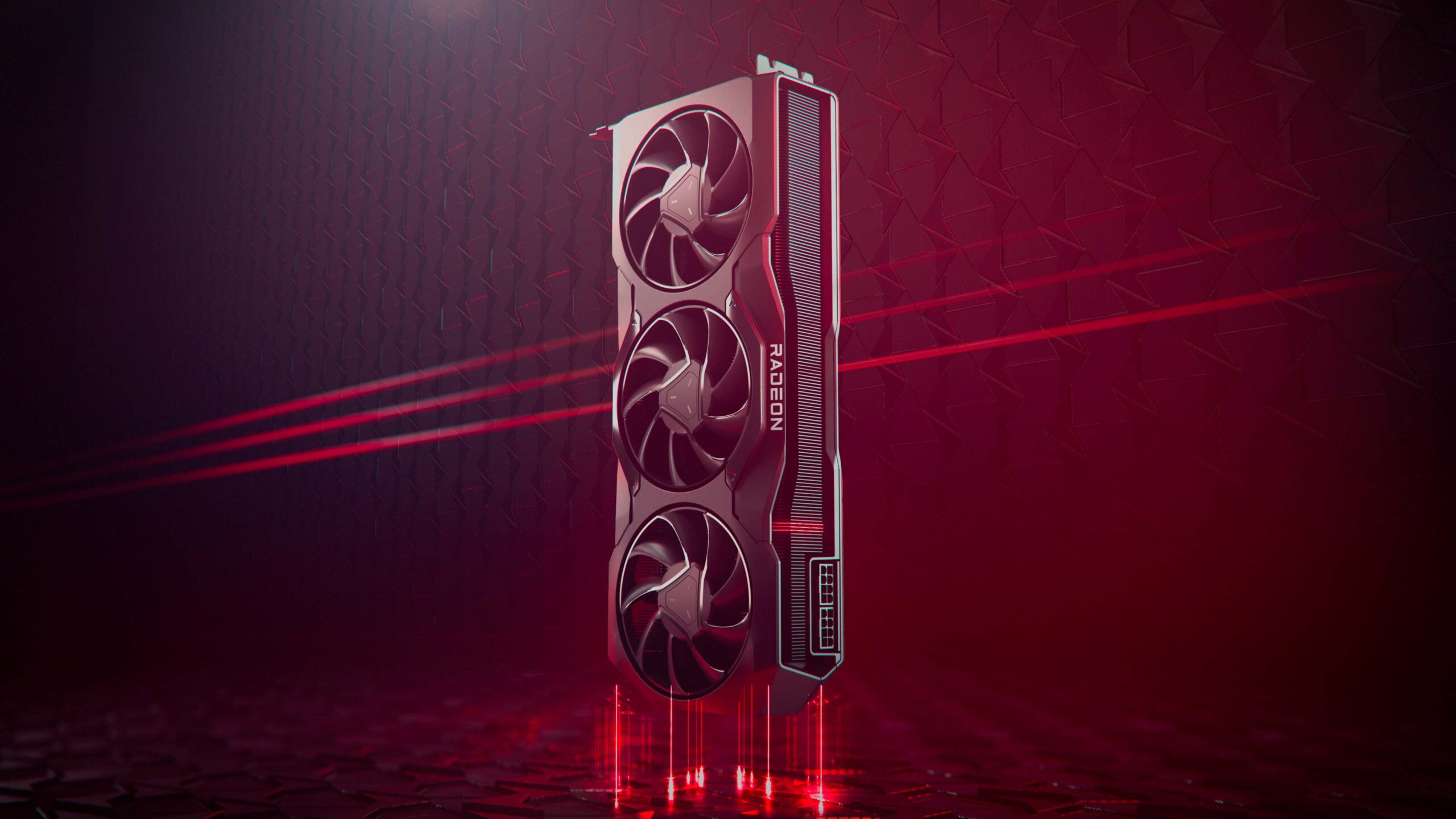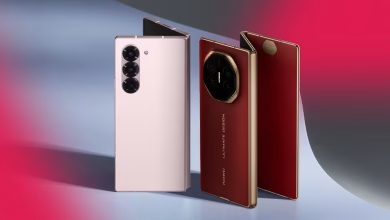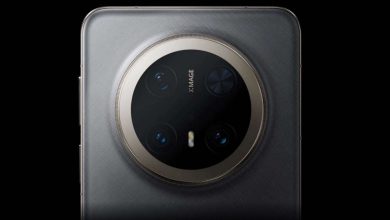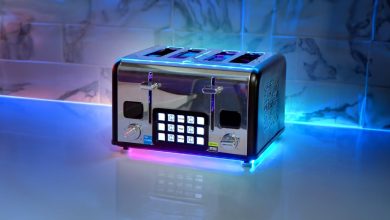RX 7900 XTX Features The Bug Infested A0 Silicon Revision

It is no surprise that AMD’s RDNA3 GPUs perform, interestingly to say the least. These GPUs were tipped to match the RTX 4090, however, the actual performance says otherwise. Many enthusiasts state that Navi31, the GPU behind the 7900 XTX is prone to some serious hardware bugs.
Navi31, What Went Wrong
AMD claimed that the 7900 XTX was around 60% faster than the RX 6950 XT but the results are in front of us. One might say that the pricing makes it on par with the RTX 4080. This means that it should outperform the RTX 4080, which it does but at higher power consumption.
It was initially thought that the RX 7900 XTX uses the C8 silicon revision. However, on further investigation davidbepo found out that this GPU uses the A0 revision. Reportedly, Navi31 was delayed for almost one year but AMD failed to make any significant improvements.
It is also speculated that the numbers AMD showed at the RDNA3 reveal were estimated. This means that AMD hoped to fix these hardware bugs before RDNA3 went live and sadly they couldn’t manage to complete this tedious task. This is exactly why these GPUs were launched more than a month after the reveal.
Furthermore, Kepler claims that the A0 revision has a non-working shader prefetch. In RDNA2, the performance penalty due to this revision was 5%. As the architecture itself has changed quite a bit with RDNA3, the performance loss can be higher or lower. Adding insult to injury, Navi33 and Phoenix suffer from the same fate as we reported before. Now only time will tell if AMD can fix Navi33 before NVIDIA launches its budget GPUs.
Very early leaks suggested that Navi3X could go as high as 4GHz. At launch, it became clear that Navi31 was expected to at least pass the 3GHz mark but is unable to do so. In various games, the clocks can vary between 2.4GHz and 2.9GHz. The difference went as high as 1.4GHz which is no joke. Sadly, this shows that RDNA3 was on paper much more capable but could not live up to expectations.
RDNA3+
Leaks suggest that AMD will launch the RDNA3 refresh codenamed RDNA3+ next year. As of now, only Navi31 and Navi33 will be revised. Navi32 surprisingly does not suffer from such issues. Also, these problems cannot be fixed in mere days. Kepler claims that it may take AMD months if they decide to pay heed to these issues. RDNA3+ on the other hand will feature some architectural changes.
All in all, it is disappointing how AMD had the perfect product but could not make the most of it. Navi32 will be the real test for RDNA3 as it is not vulnerable to such problems.
| SKU | Chip | CU (128 Shading Units/ 1 CU) | CU (64 Shading Units/ 1 CU) | FP32 | Max Clock | Cache | Memory Bus | VRAM | Memory Spec | Speed (Gbps) | ||||
| RX 7950XT3D | Navi31 | 96 | 192 | 12288 | 2.5GHz? | 192MB? | 384-bit | 24GB | GDDR6 | 20 | ||||
| RX 7900 XTX | Navi31 | 96 | 192 | 12288 | 2.5GHz | 96MB | 384-bit | 24GB | GDDR6 | 20 | ||||
| RX 7900XT | Navi31 | 84 | 168 | 10752 | 2.4GHz | 80MB | 320-bit | 20GB | GDDR6 | 20 | ||||
| RX 7800XT | Navi32 | 60 | 120 | 7680 | – | 64MB | 256-bit | 16GB | GDDR6 | 18 | ||||
| RX 7800 | Navi32 | 56 | 112 | 7168 | – | 48MB? | 256-bit | 16GB | GDDR6 | 18 | ||||
| RX 7700XT | Navi32 | 48 | 96 | 6144 | – | 48MB? | 192-bit | 12GB | GDDR6 | 18 | ||||
| RX 7700 | Navi32? | 40 | 80 | 5120 | – | 40MB? | 160-bit? | 10GB? | GDDR6 | 18 | ||||
| RX 7600XT | Navi33 | 32 | 64 | 4096 | – | 32MB | 128-bit | 8GB | GDDR6 | 18 | ||||
| RX 7600 | Navi33 | 28 | 56 | 3584 | – | 32MB? | 128-bit | 8GB | GDDR6 | 18 | ||||





